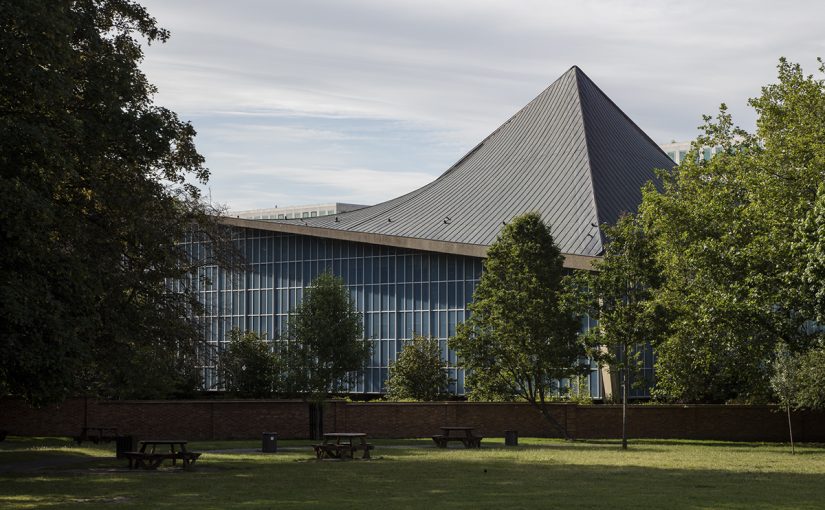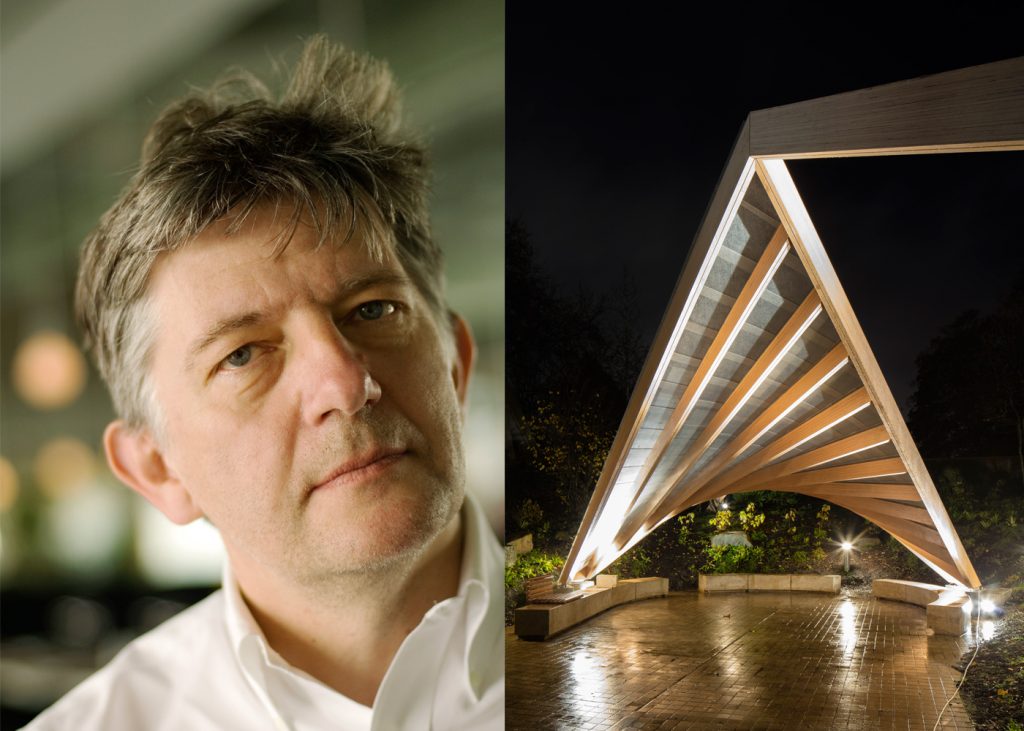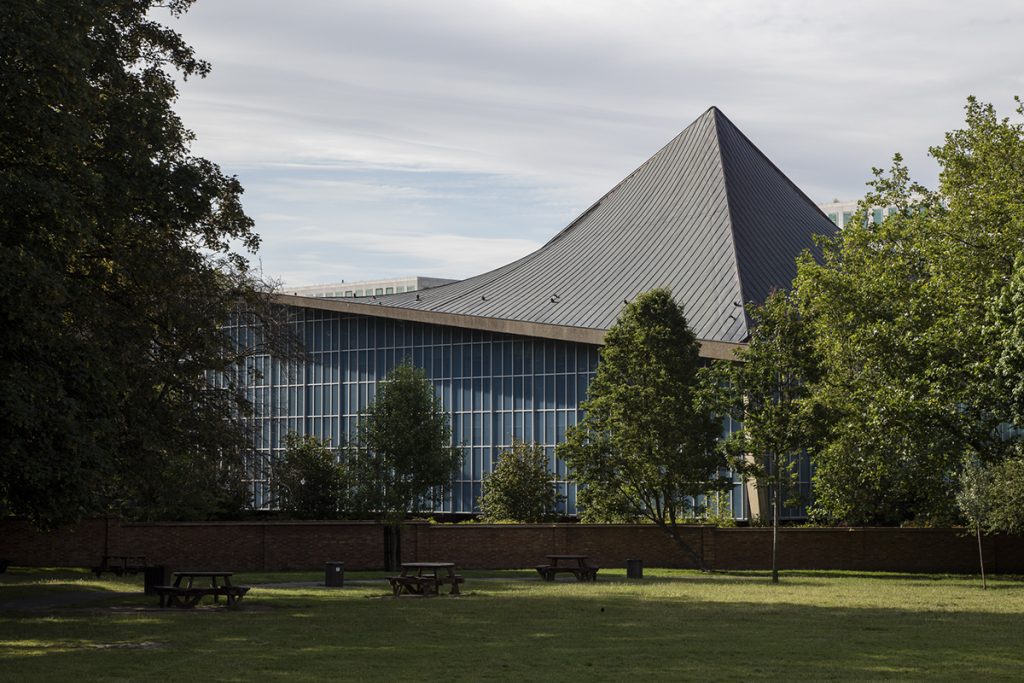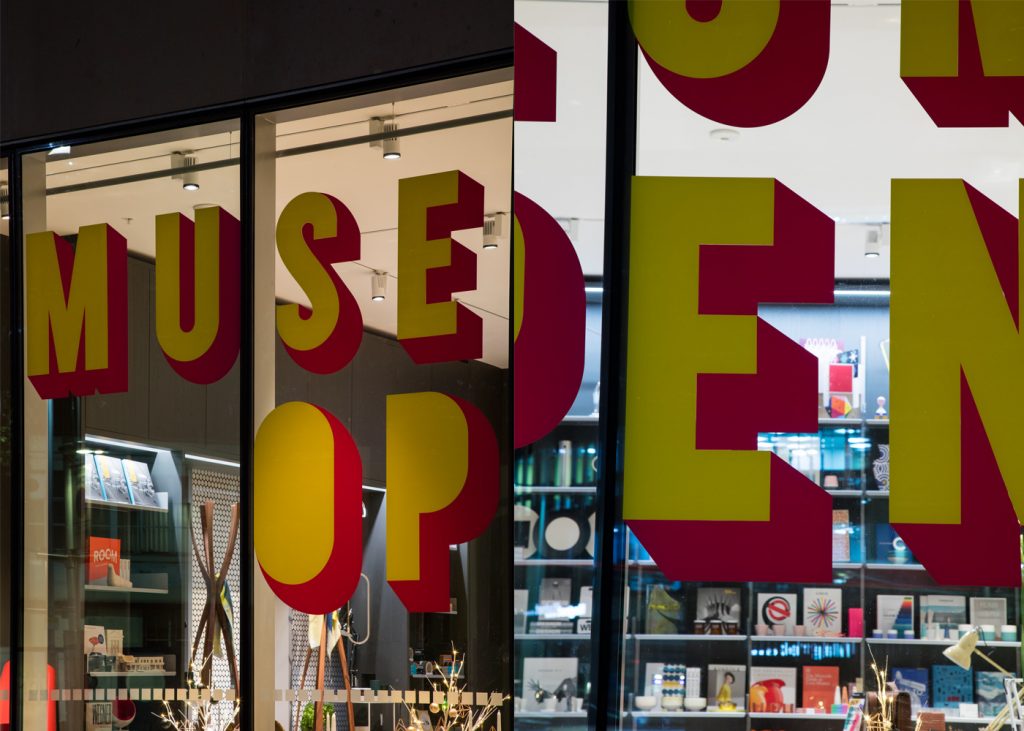
Design on the Move
“We need to do something for design like what Tate Modern did for contemporary art in this country,” says Deyan Sudjic, director of London’s Design Museum. He recalls that before the Tate, contemporary art seemed “at the periphery of things,” or even “not relevant to the mainstream of British life.”

Now, with the opening of the Design Museum at its new home in the former Commonwealth Institute on 24 November, that “something for design” is in the making, and on the scale it deserves.
Formerly housed in a 1940s banana warehouse in Shad Thames, the Design Museum is moving to Kensington High Street, where it will join the Royal College of Art, V&A Museum, Natural History Museum, Science Museum, and Serpentine Galleries in London’s west end cultural district.

“Museums are special places,” says Sudjic. “The architecture of museums does matter a lot; it’s what makes people feel that they’ve come somewhere special.” And the new museum’s architecture is indeed special. One unique feature is the spectacular hyperbolic paraboloid roof that slopes inward. Architect John Pawson has preserved it as well as the building’s exceptional interior space in the £83-million conversion of this 1960s landmark. The roof will offer visitors a foretaste of the surprising and compelling displays of contemporary design they will find when they step inside. (The distinctive architecture did have one drawback: converting the building proved a bigger technical challenge than anticipated, resulting in a two-year delay in the museum’s opening.)
The Design Museum has almost 10,000 sq. meters of exhibition spaces, three times as much as at Shad Thames. This will allow it to install a permanent display of its collection for the first time and mount two temporary exhibitions.
A newly created, double-height lower level will accommodate galleries and an auditorium. On the ground floor will be the largest galleries, where temporary exhibitions will be staged, and the Design Museum shop and café. A learning center and reference library will be located on the first floor, and the museum’s permanent exhibits in the “Designer Maker User” display will be on the top floor along with the annual Designers in Residence program, a restaurant, and the members’ lounge.
London has long enjoyed a preeminent reputation in design. Its annual Design Festival, held since 2003 and featuring hundreds of events and exhibitions across the city; the prestigious PAD London fair; and Phillips’ design auctions at Berkeley Square, reinforcing its well-established presence in 20th and 21st century design, all support London’s claim to being the world’s design capital.
But Sudjic’s remarks point to another aim of the Design Museum. Besides merely reflecting London’s leading role in design, the hope is that in its new home, open year round to the public, it will attract many more visitors, perhaps an additional 400,000 annually. It will thus spark greater interest in and enthusiasm about design in a much broader audience and demonstrate design’s relevance to the “mainstream of British life” and to the lives of the many visitors from around the world who will add the museum to their list of sites in the city.
And what does the opening mean for Terence Conran, who founded the Design Museum in 1989? “All our dreams and ambitions to create the best and most important design museum in the world will become a step closer to reality.”
The two opening exhibitions:
– Fear and Love: Reactions to a Complex World (24 Nov. 2016 – 23 April 2017): installations of major new commissions by some of the most innovative practitioners in design and architecture explore a spectrum of issues that define our time, including: networked sexuality, sentient robots, slow fashion and settled nomads.
The exhibition asserts that design is deeply connected not just to commerce and culture but to urgent underlying issues – issues that inspire fear and love. This is a bold, multidisciplinary and global exhibition that aims to capture the mood of the present and establish the Design Museum as the home of design debate.
– “Beazley Designs of the Year” (24 Nov. 2016 – 19 Feb. 2017): Now in its ninth year, this event celebrates design that promotes or delivers change, enables access, extends design practice, or captures the spirit of the year. Nominees are presented in six categories: architecture, digital, fashion, graphics, product, and transport.


